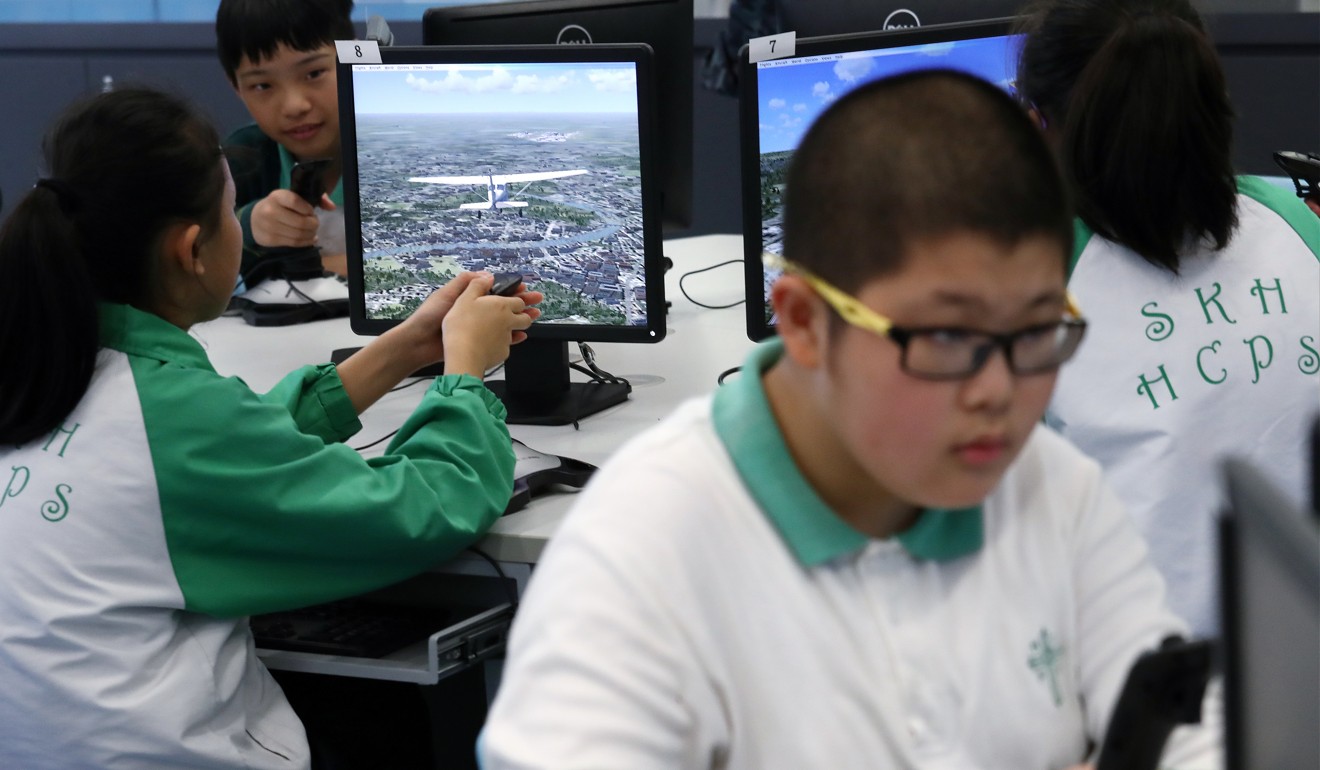
For Hong Kong to excel at STEM learning, teachers must see the links between science and the arts
One size doesn’t fit all: that cliché perfectly illustrates the problem of science education in Hong Kong. Teachers still treat science and mathematics in a traditional way, which demotivates some students and puts them off these subjects.
Students are spoon-fed a lot of theories and formulas to solve exam questions. It is such a boring learning method that many lose interest. Interdisciplinary learning should be introduced to cater to the needs of different students.
I studied science subjects in high school and graduated with an arts degree. I recall how boring the science classes were in school, even though I did well in the public exams. The idea that interdisciplinary learning should be promoted in secondary schools first struck me when I did a basic science course at university, where we were asked to use concepts of science to explain scenes we encountered in sci-fi books and films.

These students may have the answer to illegal parking in Hong Kong
For example, we used the concept of centrifugal force to explain how the ringlike space station in the film Elysium worked. We also used the famous formula of relativity, e=mc2, to explain how the spaceship Enterprise in Star Trek used energy from matter-antimatter reaction as its fuel. The classes never failed to interest students because their English literacy and knowledge of science were both enhanced. This is what science classes should be like!
If secondary schoolteachers can also try the interdisciplinary teaching model, I am sure more students will be interested in science and there will be more future scientists in Hong Kong. Of course, the teachers themselves first have to be role models for their students, and appreciate the connection between the arts and science.
Anson Chan, North Point

